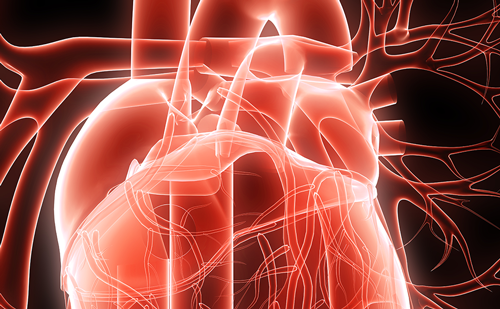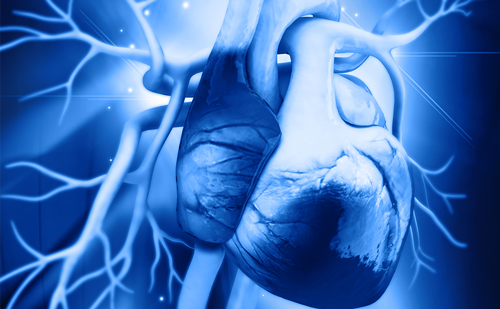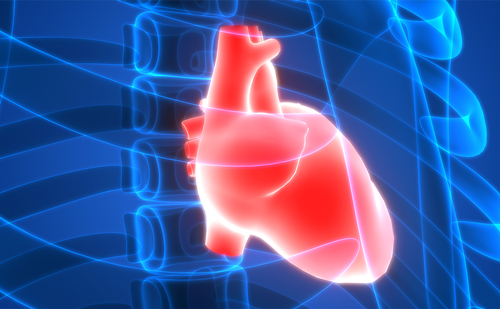Purpose: It has historically been established that radiotherapy can potentially cause cardiac implantable electrical devices (CIEDs) to malfunction. Guidelines were established in 1994 for the management of patients undergoing radiotherapy with CIEDs. They recommend a total dose constraint of 2 Gy to any part of a pacemaker (0.5 Gy for ICDs), and that devices should not be directly in the treatment beam. The most recent review of global research was published in 2017; this proposed a new constraint of a 5 Gy maximum total dose for all devices. At doses higher than this, relocation of the device is recommended. Device malfunctions are suggested to correlate with a beam energy of ≥10 MV. One malfunction that poses a high risk to patients is a change in voltage output amplitude. This study assessed whether low-energy flattening filter and high energy flattening filter-free photon beam radiation caused a change in the voltage output amplitude of cardiac implantable devices.
Method: A total of 40 cardiac implantable devices were divided into two treatment groups and labelled 1–40 (ensuring patient anonymity). They were then irradiated in vitro with a cumulative 48 Gy dose of 6 MV radiation at 600 MU/min in 8 fractions or a single fraction 48 Gy dose of 10 MV radiation at 2400 MU/min. The voltage output amplitude of all devices was collected using an oscilloscope and an amplitude change of ≥25% was classed as a clinically significant malfunction.
Results: In the 6X treatment group, 0/19 devices showed a clinically significant change. A non-parametric Mann–Whitney test was caried out to assess whether there was a significant difference between the median peak voltage output amplitude before fraction 1 and after fraction 8. No statistical significance was found (U=149.5, p=0.3733, n=19). In the 10 MV treatment group, 2/21 devices showed a clinically significant change. These were devices number 32 and 37, with voltage output amplitude increases of 28.07% and 36.97%, respectively. A non-parametric Mann–Whitney test was caried out for the 10 MV group to assess whether there was a significant difference between the median peak voltage output amplitude before and after radiation. No statistical significance was found (U=149.5, p=0.0746, n=21). The clinically significant results in the 10 MV treatment group represent approximately 9.5% of the total devices. Although insignificant, it is clear that there was a larger change across all devices in the 10 MV compared with the 6X group. Results were not statistically significant between manufacturers, but defibrillators were significantly more likely to malfunction than pacemakers.
Conclusion: The recommended dose of radiotherapy for patients with a CIED should be carefully considered on an individual basis. At energies ≥10 MV, neutrons can be produced, which have a demonstrated effect on electrical components used within the controlling circuits of CIEDs. Future guidelines should take this into consideration, despite its statistical insignificance within this investigation. Based on this limited report it is unlikely that the pacemaker function of CIEDs will be affected by clinically relevant doses of radiotherapy, but it may have long-term implications on battery life. These results could eliminate the risk of increased infection due to relocation of devices, provide patients with optimised treatment at energies up to 6 MV with less conservative dose restrictions and enable a more effective service for improved patient management. ❑







